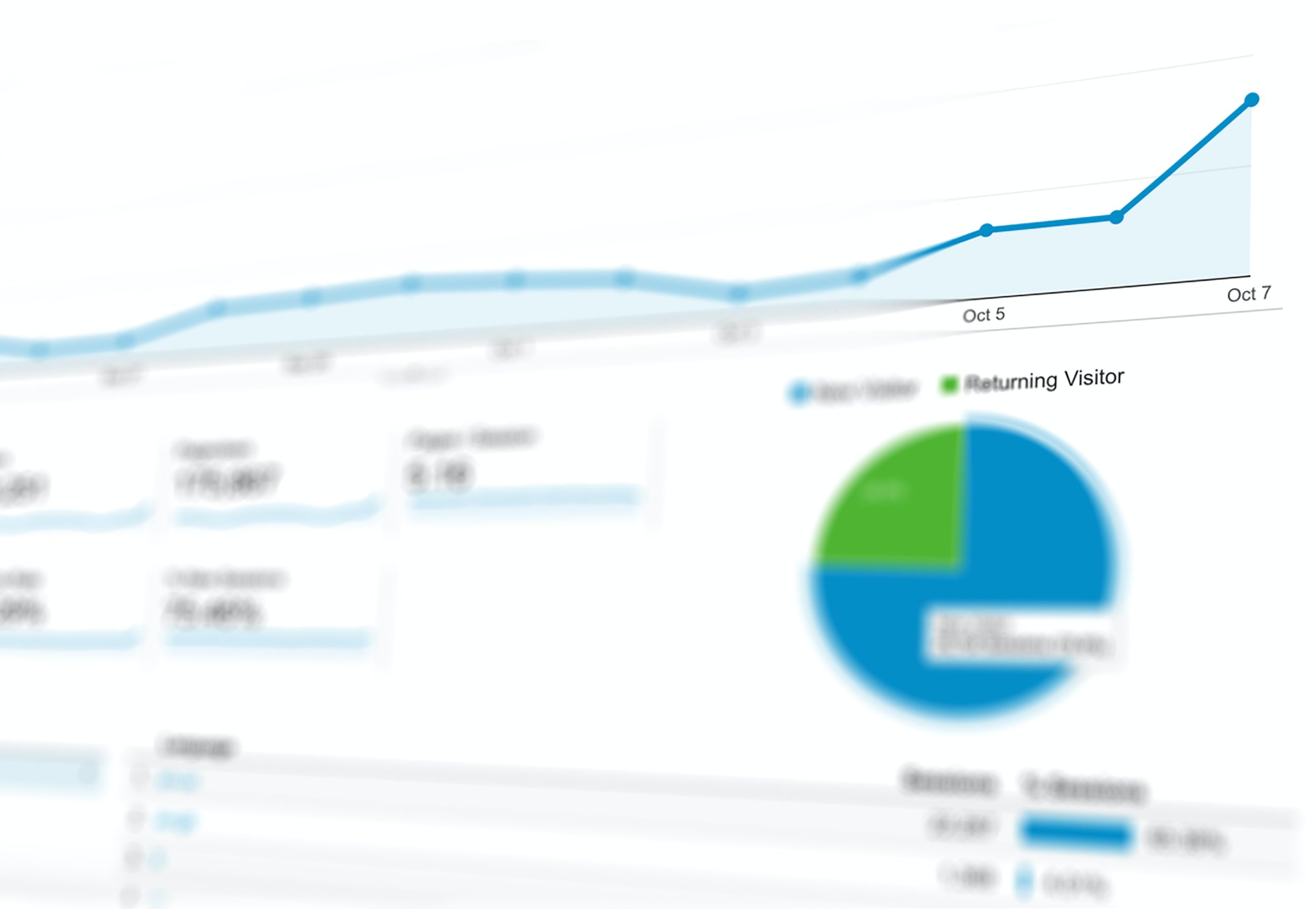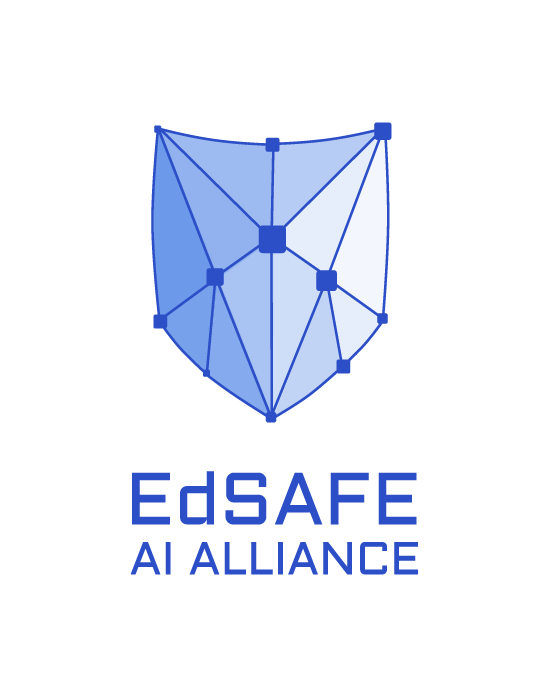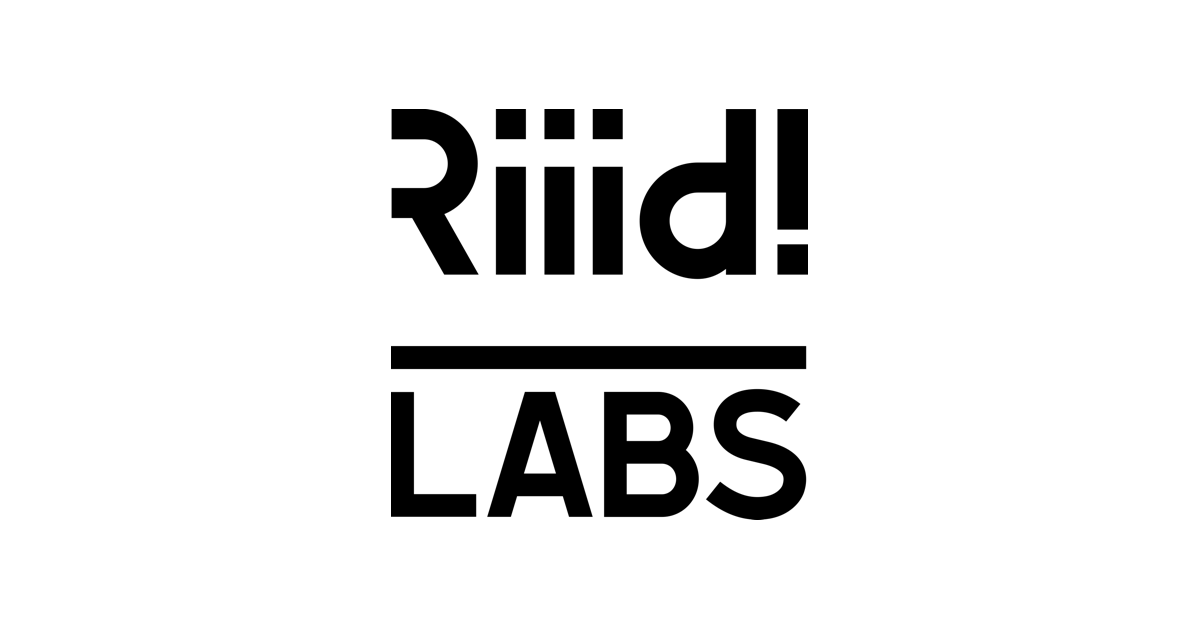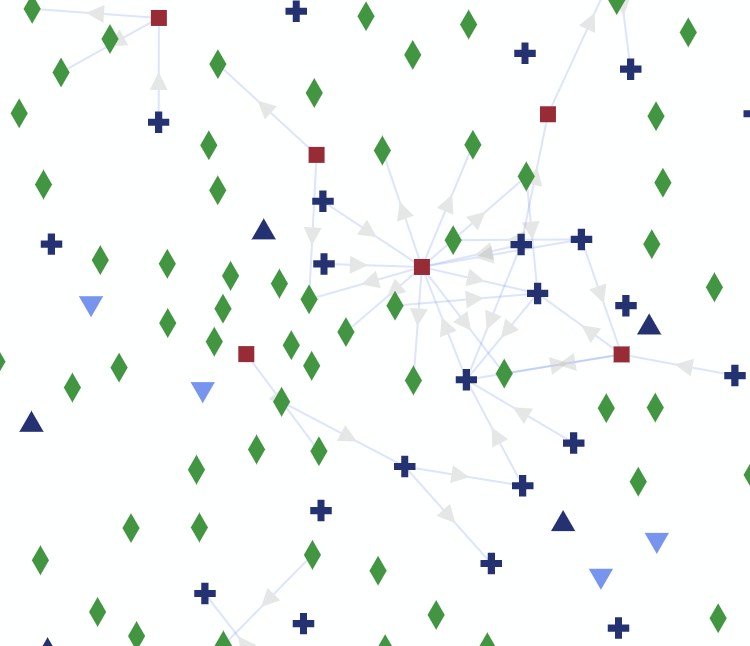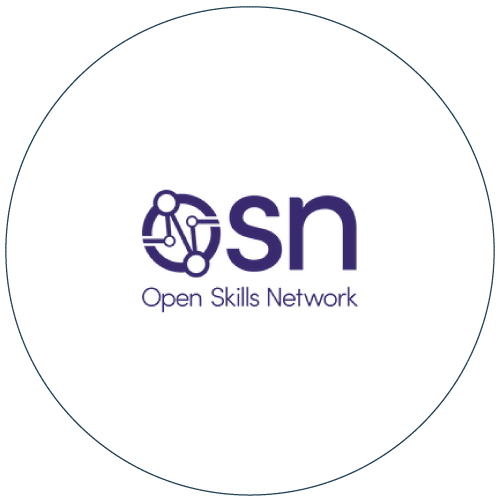
The concept of “Farm to Table,” has gained notoriety in kitchens and restaurants around the world because it allows patrons the peace of mind about knowing that everything being consumed can be traced back to its source. As information consumers, we should expect and demand the same thing from our data.
Business users are often forced to rely upon information prepared and surfaced by others. There are good reasons for this, as operational data tends to be complex and difficult to access. However, the turnaround time from stating a question in English to getting a reliable answer back is labored and extensive. The process for delivering information to business decision-makers needs to be improved in order to be effective.
So what would a better “farm to table” kind of information processing look like?
- – Information should flow in a known way from the system of record where the data was collected to the end data consumer.
- – Data consumers should know how information has been filtered, massaged, combined, or corrected along the way.
- – Information should be directly accessed by anyone who needs it.
Each time a question gets asked, it shouldn’t have to get passed on to another human. People who need questions answered should be able to do it themselves without unnecessary assistance. Any solution that doesn’t allow users to answer business questions themselves is not sufficient, and certainly not efficient. Obviously not everyone can become a data scientist, so institutions need a simple solution that serves their workforce as well as the institution itself.
The value of information comes from its use. The more questions that get answered by more people, the higher the value your organization can get from your data. The most valuable questions are the ones that directly affect a business decision. If the information being processed does not change what your organization is doing in a positive way, then it’s really not that helpful.
For information to change what people do, they have to trust it. If someone presents you with data to convince you to take some action then you need to trust it and understand it. This means that delivering simple, reliable, and easy to understand information to users is the best way to get more value from your institutional data. This should be the first thing you do. Let DXtera help by providing a framework to improve your information delivery process.


